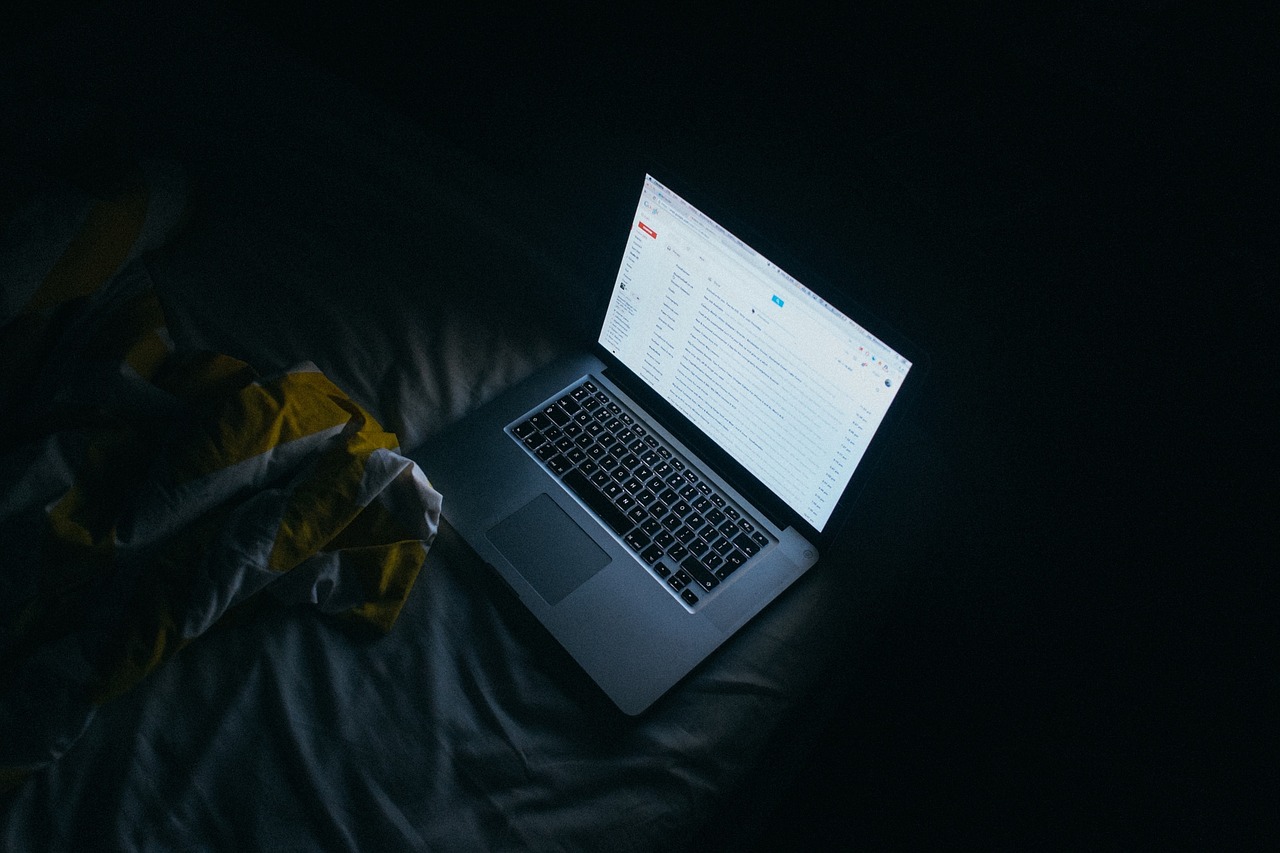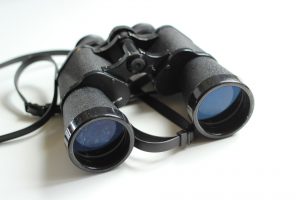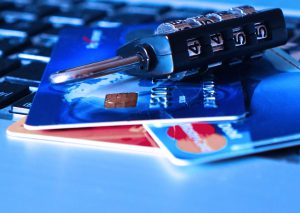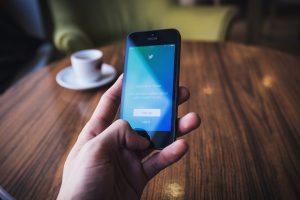
We do a lot of work with organisations within the domestic and sexual violence sector, and often give free workshops for people who have experienced abusive relationships on staying safe online. This includes using social media but also looks at other areas and ways of protecting your privacy in a digital world. If you are or have been in an abusive relationship, or you’re concerned that someone may want to control, access or spy on your digital activity, there are several things you can do.

Check for Spyware
Spyware is also known as malware, remote control software or virtual network computing (VNC) software, it allows someone to see what you are doing on your computer.
1.Go to your Start Menu > All Programs on a PC to see what programs are running.
2.Look for anything that sounds like VNC, RealVNC, TightVNC, UltraVNC, LogMeIn, GoToMyPC etc
3.If there’s anything running that you’re not sure about, try Googling the name to find out what it is.
4.Alternatively, you can download a program such as HijackThis, Adaware or Malware Bytes which will run a scan of your computer to check for spyware.
5.If you do identify any programs, you’ll need to delete and remove them from your PC.
6.More useful advice here: Wikihow: How to Remove Spyware

Check your Webcam
You may also be concerned that your webcam is being accessed without your consent. There are a couple of ways you can check if this is happening:
If you have a Windows PC, Who Stalks My Cam is a great tool that runs in the background while you use your PC normally. It will alert you if there any suspicious attempts to take over your webcam. You can download it here.
If you have a Mac, Oversight does the same thing. OverSight monitors a Mac’s mic and webcam, alerting the user when the internal mic is activated, or whenever a process accesses the webcam. You can download Oversight here.

Review your email
What’s the first thing all social networks ask for? Your email address. If someone abusive knows your personal email address, simply blocking their email account from contacting yours is a good first step, but it is not likely to be enough. They can still create new accounts to use to contact you.
Consider creating one or more new email accounts:
- Create one email account for your most trusted contacts
- Another account for when you register on websites
- An email for financial accounts e.g. online banking or PayPal
- Lastly, create one account for contacts that you and the abuser both know – as they may give your new email to the abuser.
Unless an email account is related to your professional life where you need to use your name, it can be good to make your email name anonymous, so it cannot identify you.
Don’t use anything like your name, birth date, age, location, ethnicity, work descriptor (like teacher, dancer) or other characteristic. Be as unidentifiable as possible.
Having multiple accounts can be safer because if someone you don’t trust gets hold of one, the other email accounts remain safe.
Managing multiple email accounts does not need to be difficult. In most email services’ settings you will find an option to import email from other accounts – even if they are from other service providers.

Change your passwords
Whether it’s for email, banks or social networks, strong passwords are vital! If you lived with someone abusive, or they had access to your computer or phone at any point, it is best to assume that any passwords you have are probably not safe.
First, check your computer for spyware or suspicious activity. Remove anything that shouldn’t be there.
You could also consider saving any files that you need to a USB stick or external hard drive and then wiping the whole computer or rebooting it from scratch.
Once you know you have a clean computer or mobile device, change your passwords and create new email accounts if needed.
Review your social media
It can be difficult to stay safe on a social network. There are a number of things to consider when using them, and these are often ongoing considerations. The main way to think about it is:
WHAT ARE YOU SHARING ONLINE?
&
WHO ARE YOU SHARING IT WITH?
Firstly, review all the networks you are using. Do you need them all? It’s better to keep on top of one or two and be sure you’re using them safely than lots that change quickly.
- When creating an account, leave out any information that can identify you. In general, only fill in required fields, and, if these fields can be seen or used in a search, use fictional information about location, age etc.
- Consider using an abstract image instead of a profile picture – it helps to protect your identity
- Think about what you are sharing – does it give clues about location, activities, events, state of mind, work or new friends or relationships? Are you comfortable with this?
- Check all privacy settings and keep checking – social networks update their settings regularly
- Consider restricting the number of friends you add to your account
- Your friends can see a lot of information. Are you comfortable with that?
- Check your privacy settings on Facebook to make sure you are only sharing your news with friends, and take advantage of their ‘Restricted List’ if there’s anyone you need to stay friends with but don’t actually want them to see your posts
- Warn friends that your abuser may use fake names or names of friends to get them to add him or her
- If they already have your abuser as a friend DO NOT add them. If you have to, add them to your ‘Restricted List’

Check what you’re sharing:
- Photos: never share people’s names, ages or locations when sharing photos, especially photos of children
- Emotions: abusive people are often interested in whether you are happy or sad, or lonely, angry or feeling independent, have a new friend or are falling in love. Be aware of what emotional information you are publicly sharing
- Locations: switch off Location Services on your phone and avoid ‘checking in’ to places so you don’t give away information about where you are
- Information rich photos: A perfectly innocent photo can reveal more than you think. It is possible to put yourself, family members, or friends at risk by posting photos that show where you go out or work, for example
If you’re unsure how to change any of these things on your phone or your computer, find someone you trust to help you. Places like PC World, John Lewis and the Apple Store are often very helpful and trustworthy if you’re really stuck.
Remember that Twitter and Instagram allow your accounts to be either public or private. Even if your account is private, anyone you’re connected to can still see your posts.
Facebook has more complicated privacy settings. You need to go through every option in your settings menu and check you’re happy with what you’re sharing and who with.
Finally, don’t forget to review every few months. Good luck.